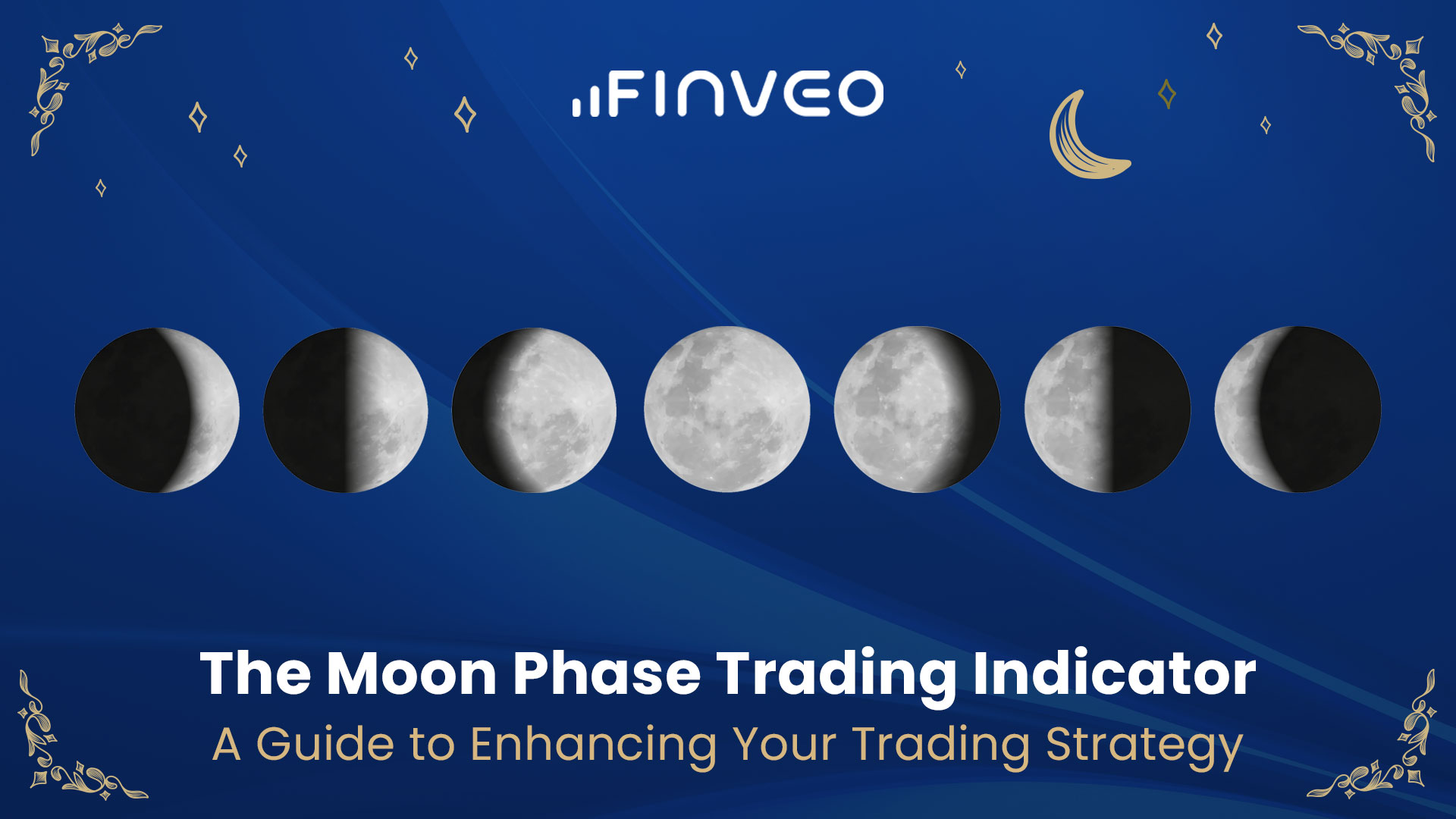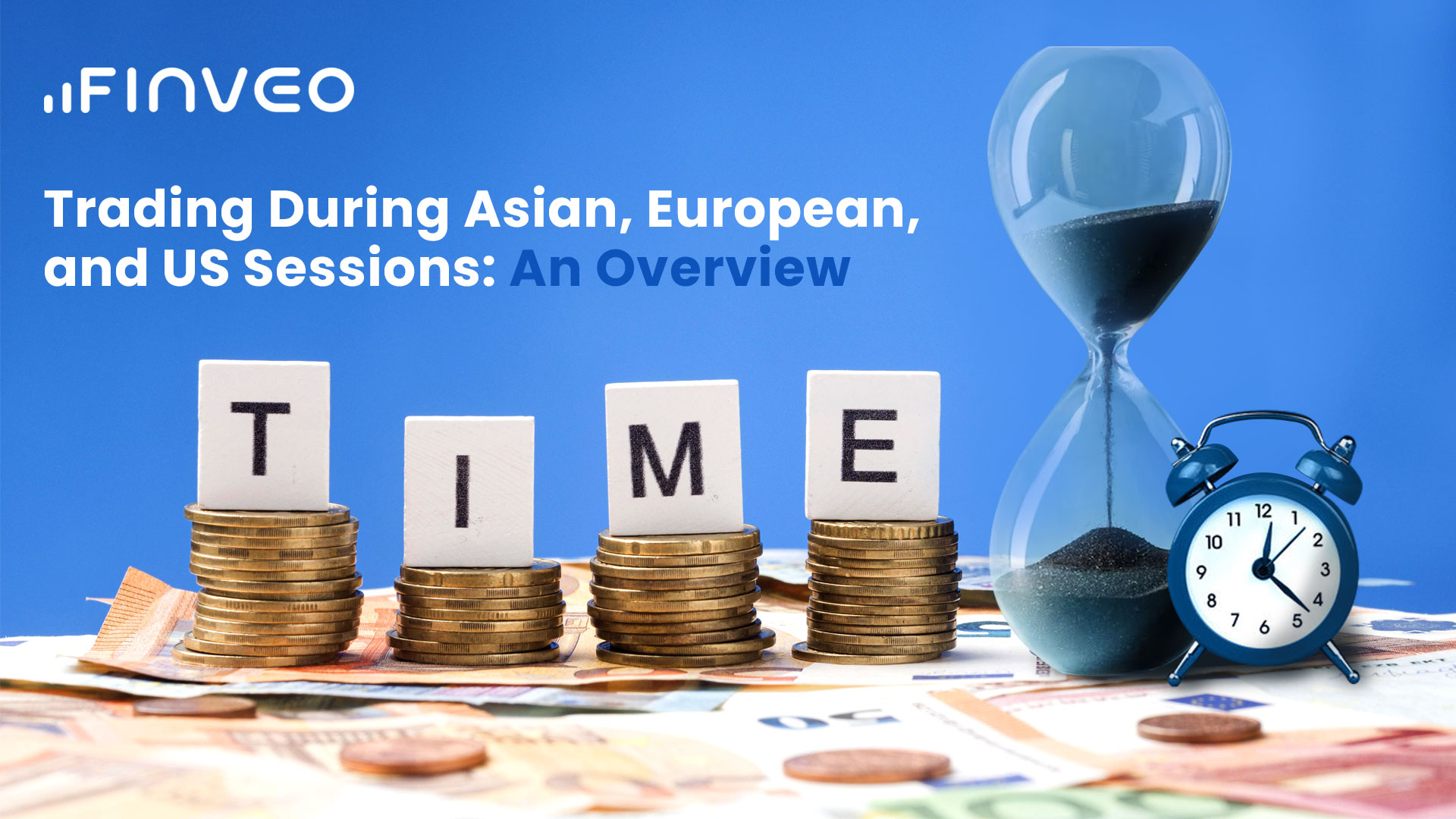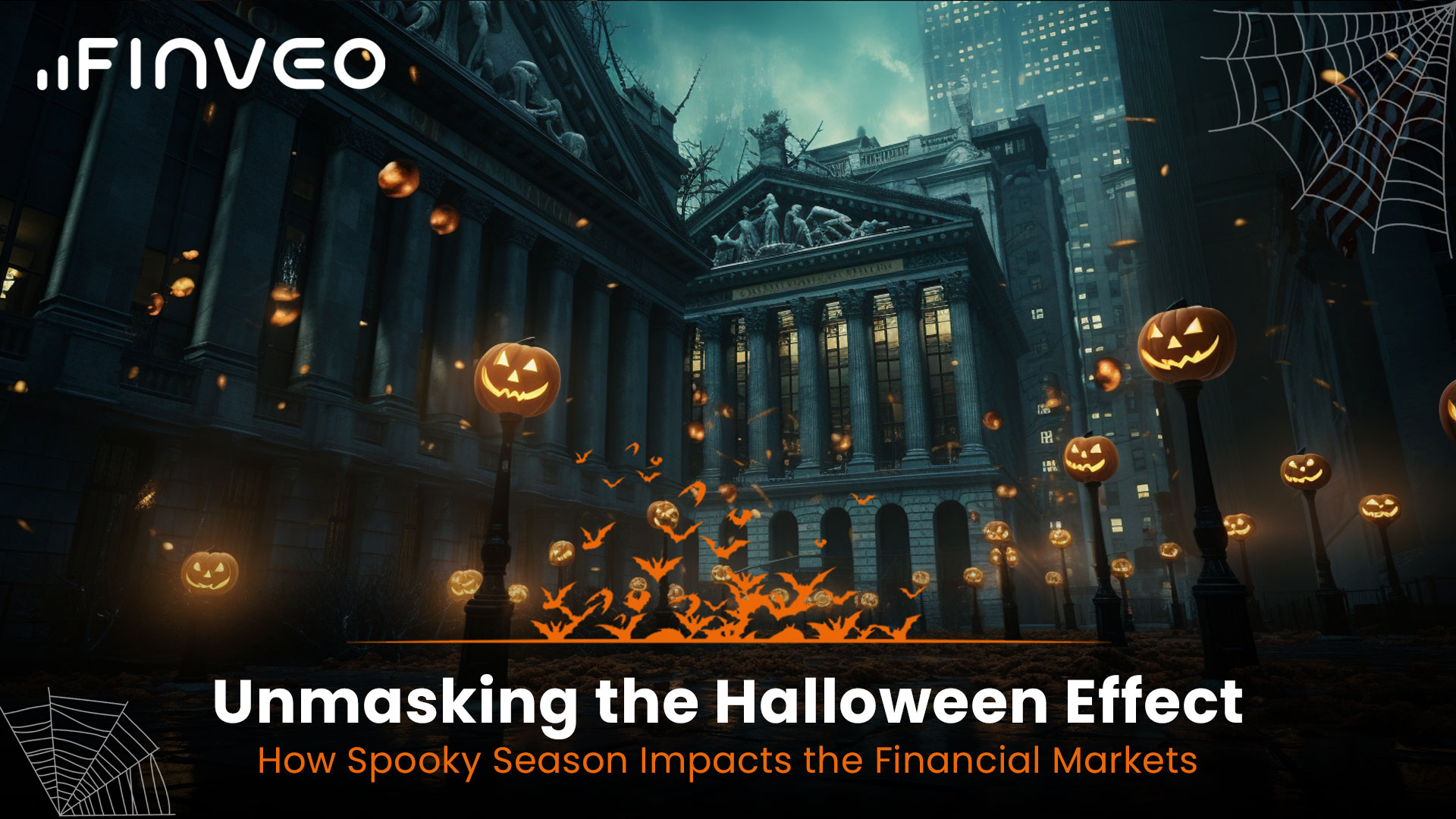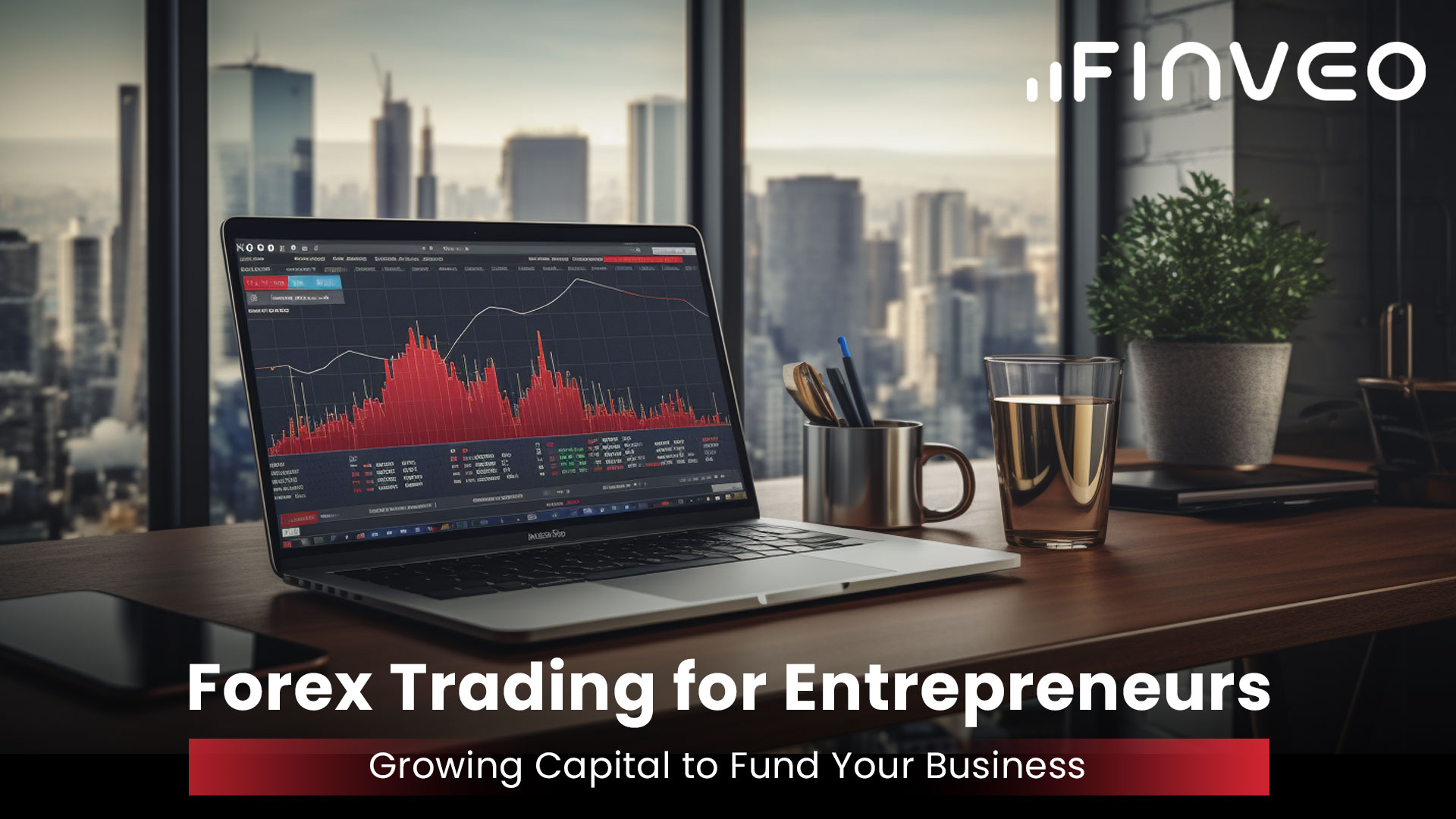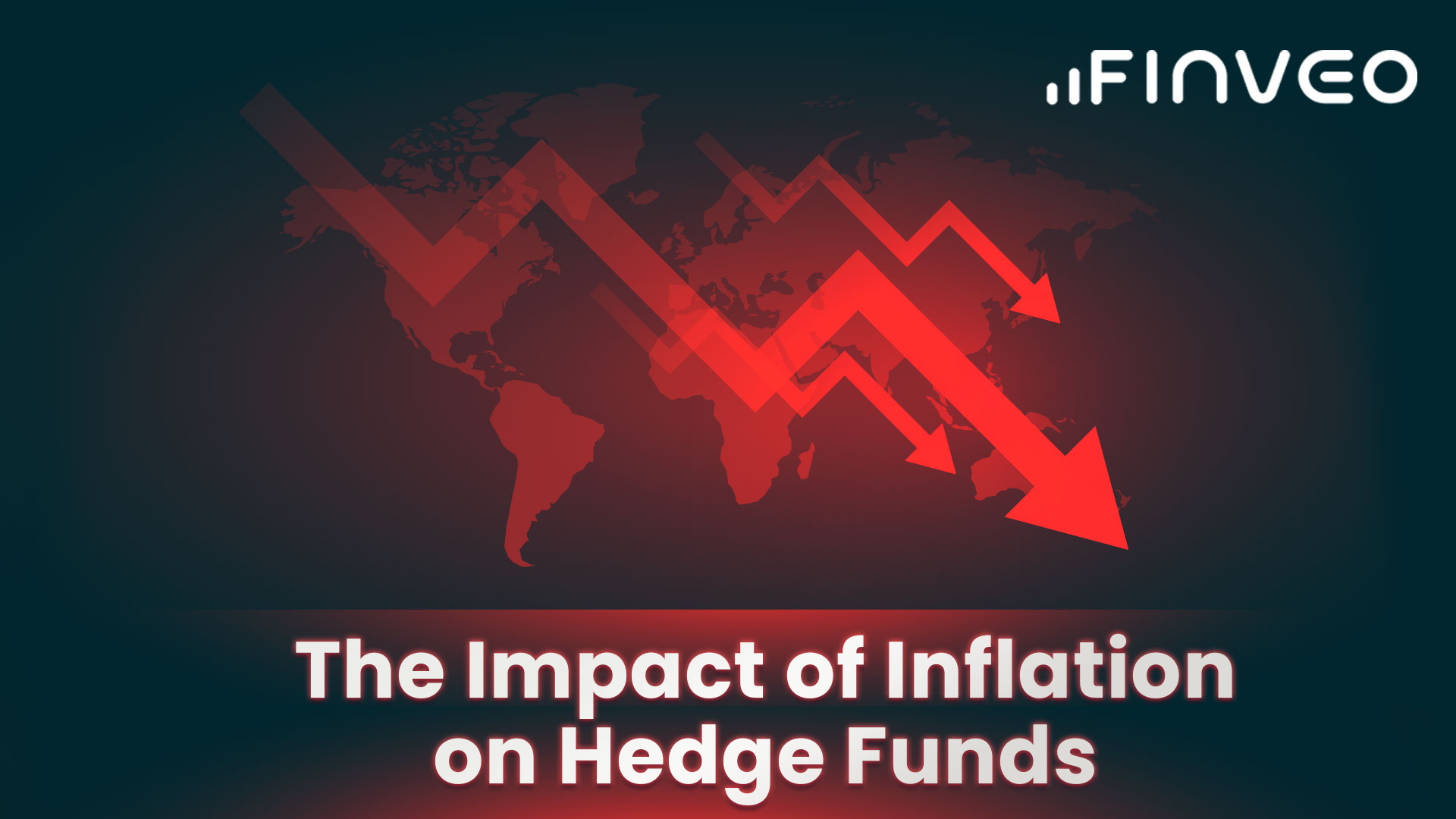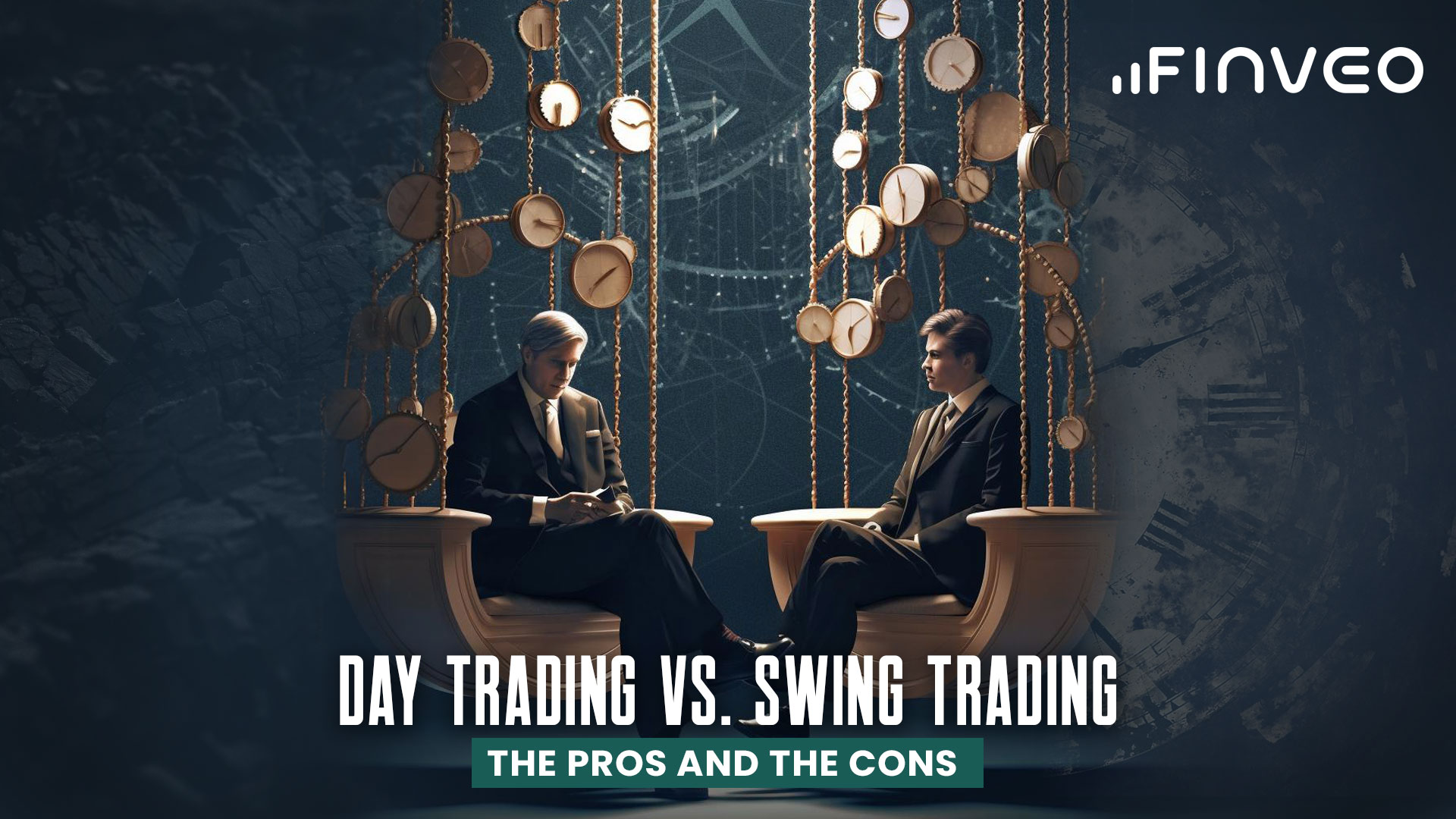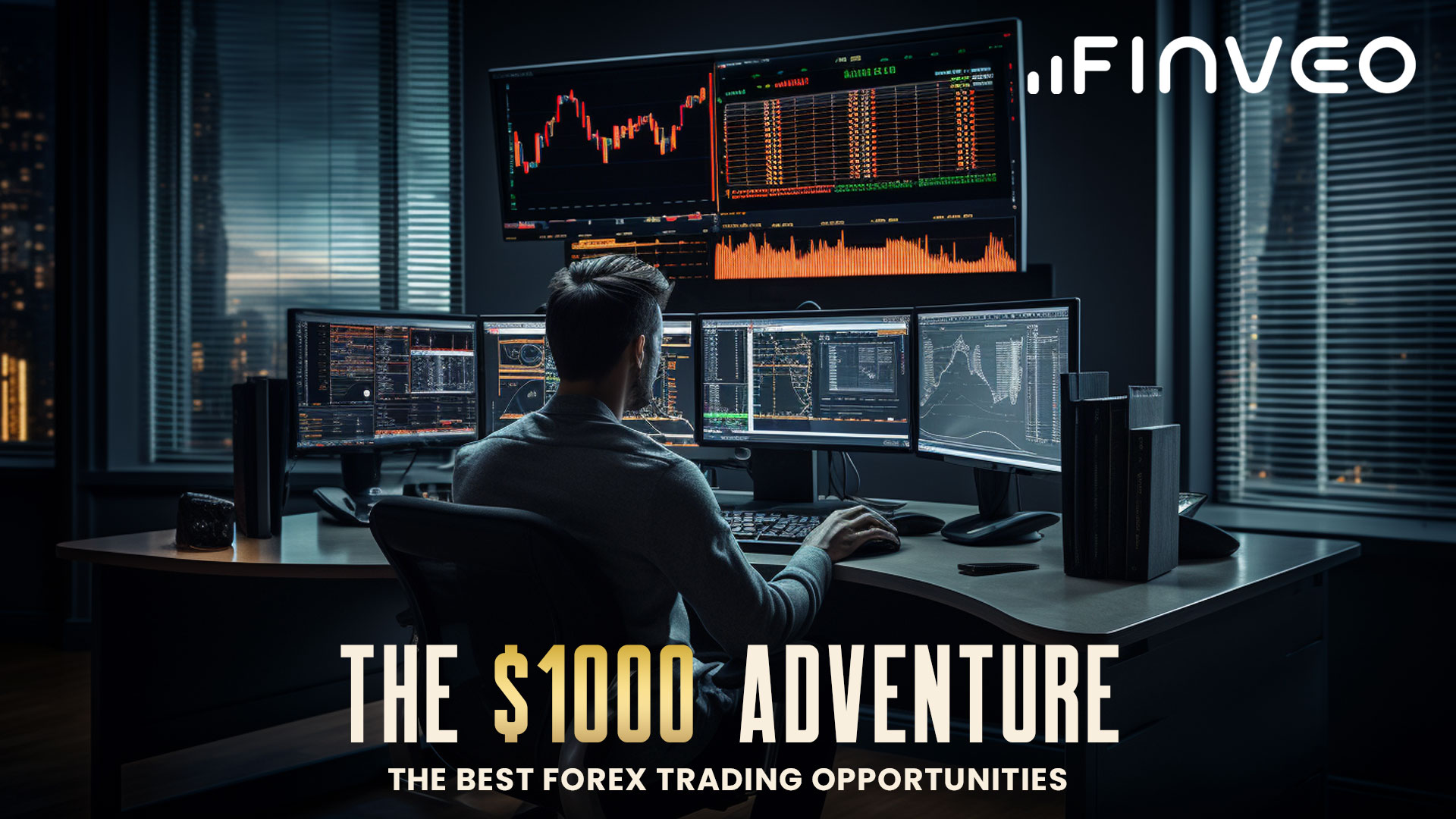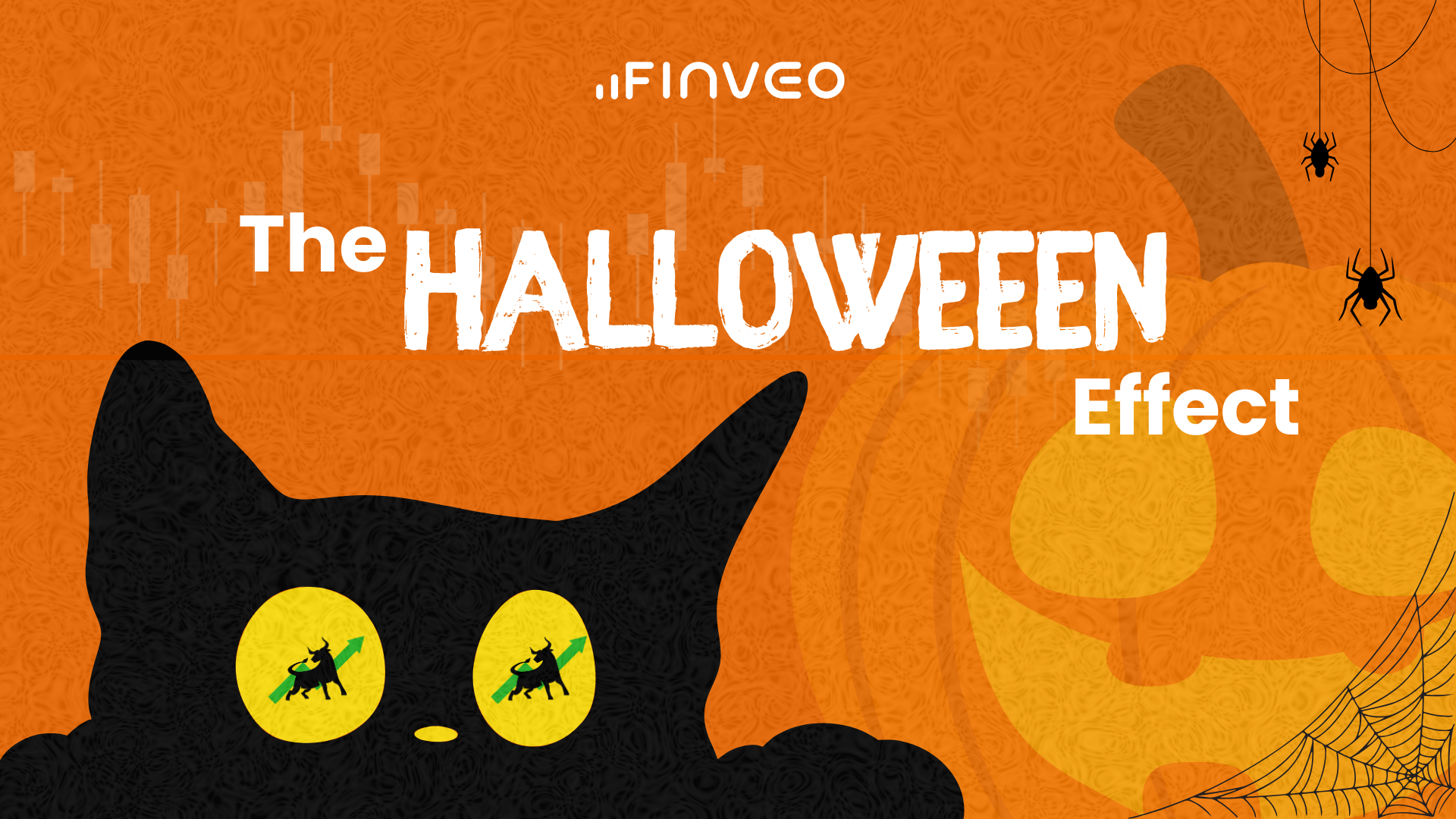
As Halloween approaches, many are preparing for festive, spooky celebrations. But for investors, this season brings more than just costumes and candy — it’s a key time in the financial calendar, with unique patterns that can potentially influence your portfolio. The "Halloween Effect," a seasonal phenomenon, suggests that stocks tend to perform better in the six months following October 31 than in the preceding six months. In this article, we’ll explore this pattern in detail and provide insights on how to harness this effect to enhance your investment strategy.
Understanding the Halloween Effect and the "Sell in May and Go Away" Strategy
The Halloween Effect, also known as the "Sell in May and Go Away" strategy, is rooted in decades of data indicating stronger stock market returns from November to April compared to May to October. While this strategy doesn’t guarantee results, historical patterns reveal a compelling trend that investors may find advantageous. The strategy aligns with studies showing that, on average, the stock market has produced notably higher returns from November through April. In contrast, the returns from May through October tend to be lower, sometimes even flat or negative.
A Closer Look at Historical Performance
Over the past several decades, researchers and analysts have noticed that, on average, the S&P 500 index — one of the most significant indicators of U.S. market health — gains around 7% during the November-April period. Meanwhile, returns from May through October typically hover closer to 2%, a substantial difference. While these figures are averages, they reveal a pattern that has persisted for decades, prompting many investors to explore seasonal timing as part of their broader strategy.
This effect isn’t limited to U.S. markets alone; it has been observed in other global markets, including Europe and Asia, making it a potentially valuable consideration for investors worldwide.
Average S&P 500 Returns: Halloween Effect vs Non-Halloween Effect (2010-2020)
Sustainability is a major focus for travelers and companies alike. Eco-friendly practices, sustainable tourism, and green certifications are gaining traction. Investors should look for companies that prioritize environmental responsibility and offer sustainable travel options.
- Domestic Tourism
While international travel is rebounding, domestic tourism remains strong. Many travelers prefer exploring local destinations, leading to increased demand for regional travel services, accommodations, and attractions.
Why Does the Halloween Effect Occur?
While the Halloween Effect isn’t guaranteed to influence market outcomes every year, various factors contribute to its persistence:
Consumer Spending
The winter months are marked by significant consumer activity, particularly in retail. Events like Black Friday, Christmas, and New Year's drive consumer spending, which can positively impact retail stocks, hospitality sectors, and other consumer-oriented industries.
Corporate Earnings Cycles
Companies often experience strong fourth-quarter earnings as consumers ramp up holiday spending. This earnings momentum frequently spills over into the new year, sustaining stock prices and encouraging investor optimism.
Institutional Investment Activity
Many institutional investors (like pension funds, mutual funds, and large asset managers) reassess portfolios at the end of the year. This often leads to re-entry into the markets after the summer lull, contributing to increased liquidity and potential gains.
Psychological Factors
Investors may feel a renewed sense of optimism with the turn of the year. As January begins, individuals often review their financial goals, contributing to what is sometimes known as the "January Effect," where stock prices are driven higher by the start-of-year buying activity.
Strategies for Leveraging the Halloween Effect
If you’re looking to optimize your portfolio, here are some actionable strategies to consider for capitalizing on this seasonal pattern:
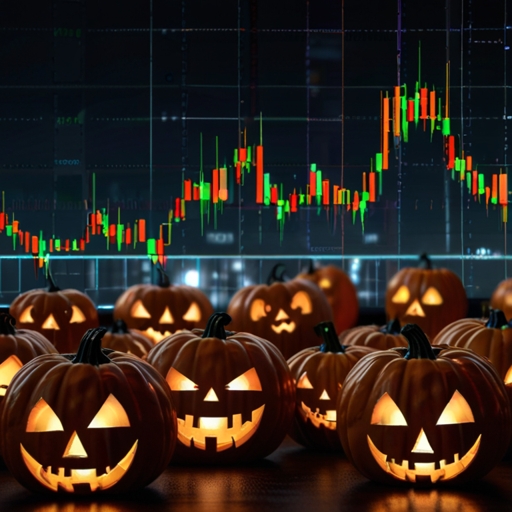
1. Invest in Sectors that Thrive During the Season:
Sectors like retail, consumer goods, and technology often experience robust performance from November to April. Investing in sector-specific ETFs (exchange-traded funds) or stocks within these industries can help you harness seasonal trends.
2. Monitor Market Trends and Economic Indicators:
Stay informed about macroeconomic trends, consumer sentiment, and market news. Economic data on holiday spending, unemployment rates, and corporate earnings can offer clues about market momentum in the winter months.
3. Use Dollar-Cost Averaging to Mitigate Volatility:
By investing a fixed amount regularly, you can smooth out your investment costs and avoid the risk of entering the market at an unfavorable price. This approach works particularly well during periods when the Halloween Effect might bring volatility.
4. Consider Dividend Stocks for Stability:
Dividend-paying stocks tend to offer more stability, which can be advantageous during less predictable market periods. By selecting dividend stocks that traditionally perform well from November to April, you could benefit from both seasonal gains and regular income.
The Halloween Effect and Global Markets
While much of the research focuses on the U.S. markets, the Halloween Effect is a globally observed phenomenon. European markets, for instance, have shown similar patterns, with positive returns often concentrated in the winter months. Investors in Asian markets have also noted this effect, with markets in Japan and Hong Kong displaying above-average returns during this period. As a global investor, partnering with a broker who offers access to multiple international markets allows you to capitalize on these seasonal trends across regions, further diversifying your portfolio.
Key Considerations: Potential Risks and Limitations
While the Halloween Effect is an exciting concept, it’s essential to recognize the limitations of seasonal investment strategies. Markets are influenced by various factors, including economic policies, geopolitical events, and interest rate changes, which can impact returns regardless of the season. The Halloween Effect is not a guarantee but rather a statistical trend that may help shape a well-informed strategy. Partnering with an experienced broker who provides analytical tools, research, and expert guidance can help you navigate these nuances.

Why Choose Us as Your Global Broker
By aligning with a seasoned global broker, you gain access to a world of resources and insights, allowing you to make informed decisions and capitalize on trends like the Halloween Effect. Here’s how we help you make the most of your investment journey:
- Expert Guidance for Every Investor
Whether you’re a seasoned investor or just starting, our team is dedicated to helping you craft a tailored strategy aligned with your goals.
- Access to Global Markets
With our international reach, you can diversify across global markets and sectors, allowing you to take advantage of trends like the Halloween Effect on a broader scale.
- Advanced Trading Tools and Analytics
From real-time market data to advanced trading platforms, we offer the technology you need to succeed in fast-paced markets.
- Comprehensive Educational Resources
We provide a library of articles, analyses, and expert insights, empowering you to make informed investment choices.
Conclusion: Embrace the Season and Start Investing Today
As Halloween approaches, take advantage of this seasonally favorable time by re-evaluating your investment approach and considering the Halloween Effect. With strategic planning, a diversified portfolio, and the right broker by your side, you can navigate these patterns effectively and capitalize on market opportunities. Partner with us today and step confidently into the world of investing—our team is here to guide you every step of the way!

